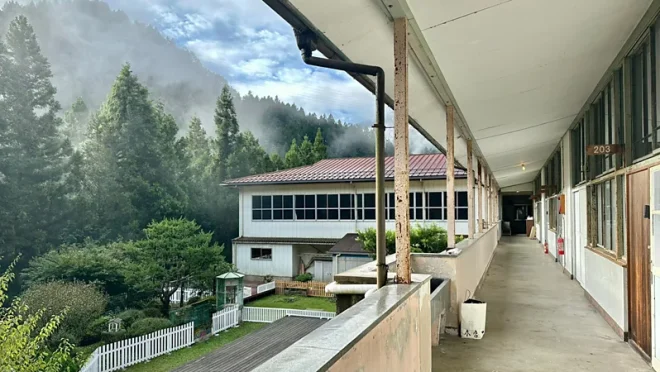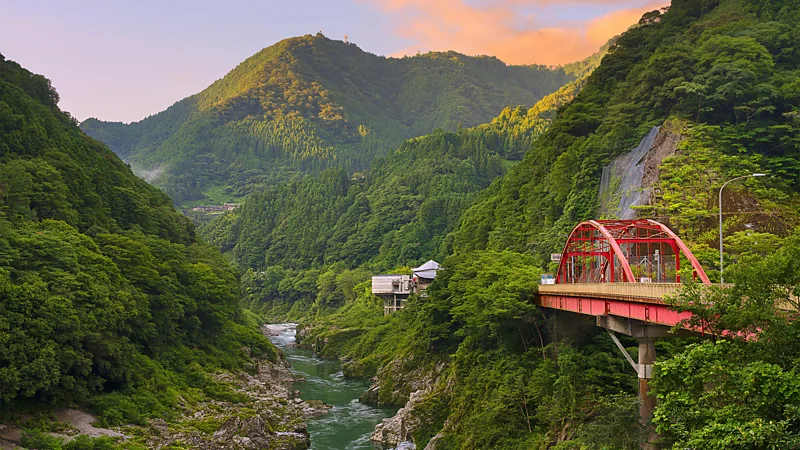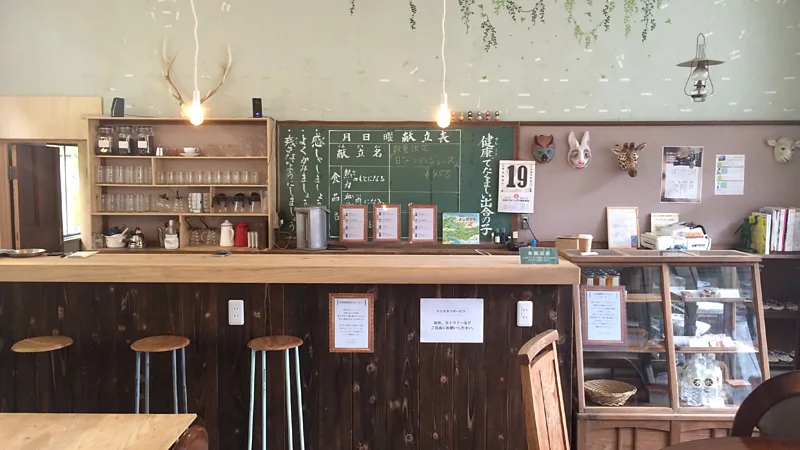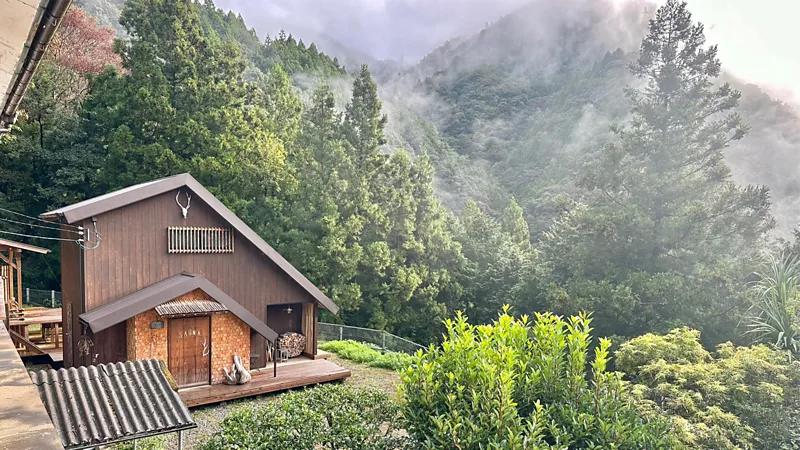How sleeping in old schools is breathing life into rural Japan
How sleeping in old schools is breathing life into rural Japan

Across rural Japan, a quiet transformation is taking place. As towns shrink and schools fall silent due to depopulation, some of these forgotten buildings are being revived – not as educational institutions, but as places of rest, reflection, and reconnection with nature. One such example is Hare to Ke, a guesthouse set in a former primary school deep in the mountains of Miyoshi, Shikoku.

Credit: Hare to Ke
The school, once known as Deai Elementary, closed in 2005 after student numbers dwindled to just five. At its peak in 1945, it was home to more than 500 pupils. After standing abandoned for years, Tokyo-based designer Shuko Uemoto discovered the site during a family trip. Moved by the pristine air and tranquil setting that alleviated her son’s asthma, she envisioned transforming the school into a sanctuary for weary urbanites.

Credit: Hare to Ke
With support from local officials, Uemoto relocated to Miyoshi and turned her vision into Hare to Ke – named after the Japanese concept of balancing the extraordinary (hare) with the everyday (ke). The inn encourages guests to embrace simplicity, step away from stimulation, and slow down. Visitors sleep in former classrooms, sip herbal tea while gazing out at the forest, and listen to deer calls and rustling leaves instead of city traffic.

Credit: Hare to Ke
But Hare to Ke is more than just a nostalgic retreat. It’s part of a wider effort to bring life back into Japan’s rural regions, where over 40% of the population is now aged 65 or older. Miyoshi alone had 28 unused schools by 2012. Since then, 13 have been repurposed as cafes, community spaces, or inns like Uemoto’s. The idea is not only to attract tourists, but to rekindle a sense of pride and identity in ageing communities.
Uemoto believes deep sleep is central to the experience. Inspired by her own restfulness after moving to Miyoshi, she introduced a “Sleep Trip” programme, offering guests personalised herbal teas, aromatherapy, and sensory relaxation techniques. The aim is to help city dwellers rediscover restorative rest, something they often miss in modern life.

Credit: Hare to Ke
Guests frequently express surprise at how deeply they sleep at Hare to Ke. The inn’s sauna, built from warm cedar and overlooking the surrounding forest, has become a highlight. After sweating in herbal-scented steam, visitors plunge into cold spring water, then rest beneath the trees – a ritual many describe as deeply moving and almost spiritual.
Locals, too, have reconnected with the space. Graduation murals still line the hallways, and former pupils sometimes return to reminisce. On the sports ground, elderly residents now play gateball, a leisurely game akin to croquet. For them, the school is not just a structure, but a symbol of community continuity.
Beyond the inn itself, Hare to Ke serves as a gateway to Miyoshi’s wider cultural heritage. Guests can join cooking workshops, take part in the local night market, or witness the ancient Mt Tsurugi Summer Festival, where white-robed locals carry a sacred shrine up steep mountain paths in a centuries-old ritual. Nearby attractions like the Iya Valley and Kazura vine bridge offer further opportunities for exploration.
As Japan continues to face the challenges of an ageing population and urban migration, places like Hare to Ke show that rural revitalisation doesn’t always require grand projects. Sometimes, it starts with a quiet place to sleep – a space where memories can be rekindled and a sense of belonging restored. In turning a disused classroom into a sanctuary, Uemoto has not just created a hotel, but helped a community remember who it is.


